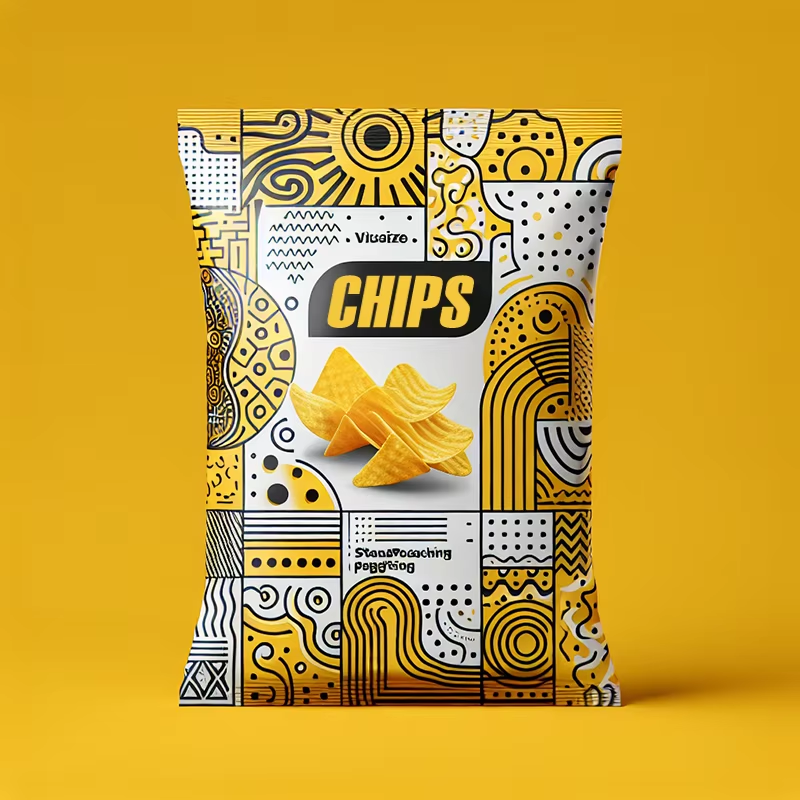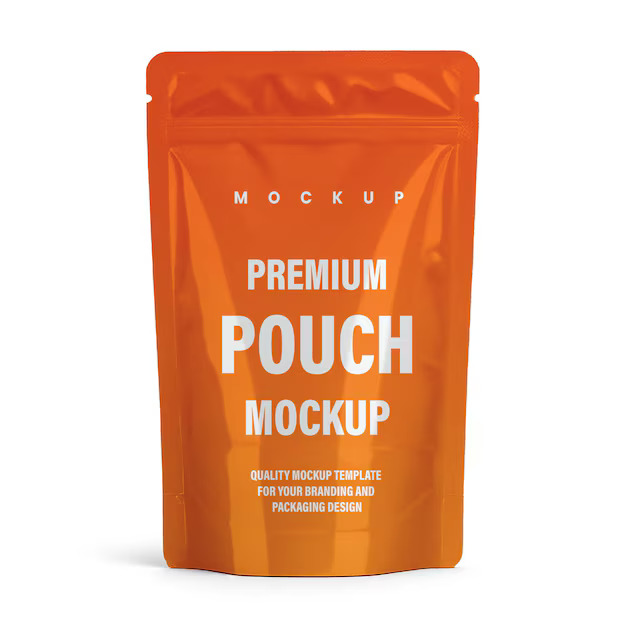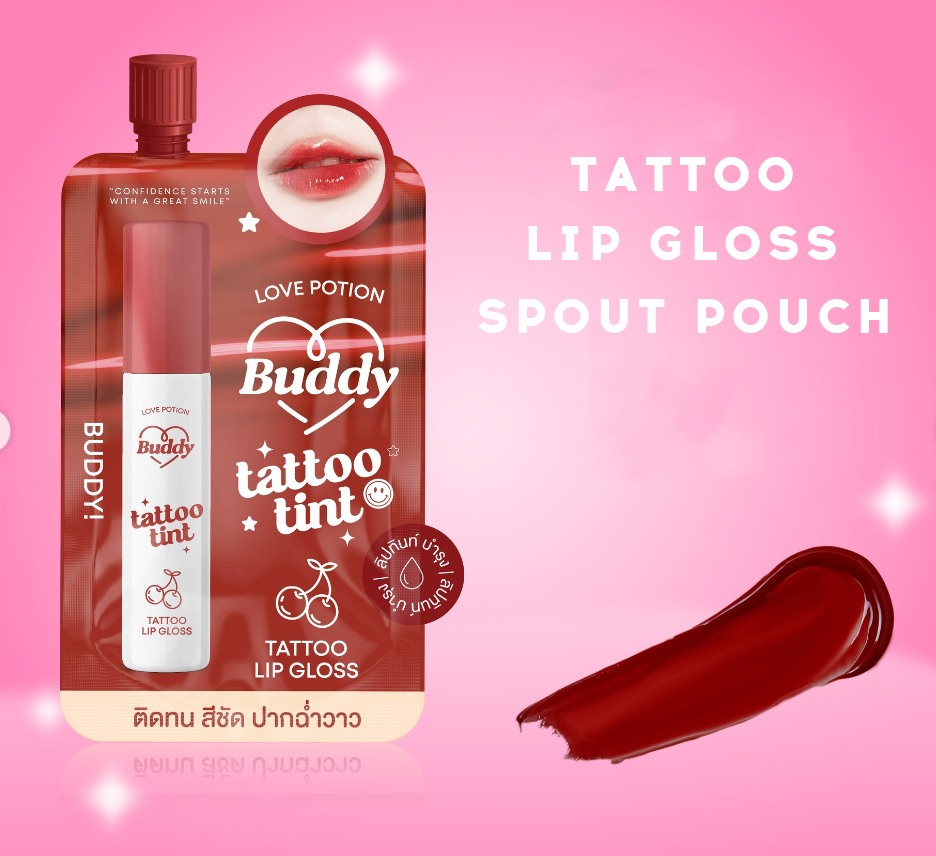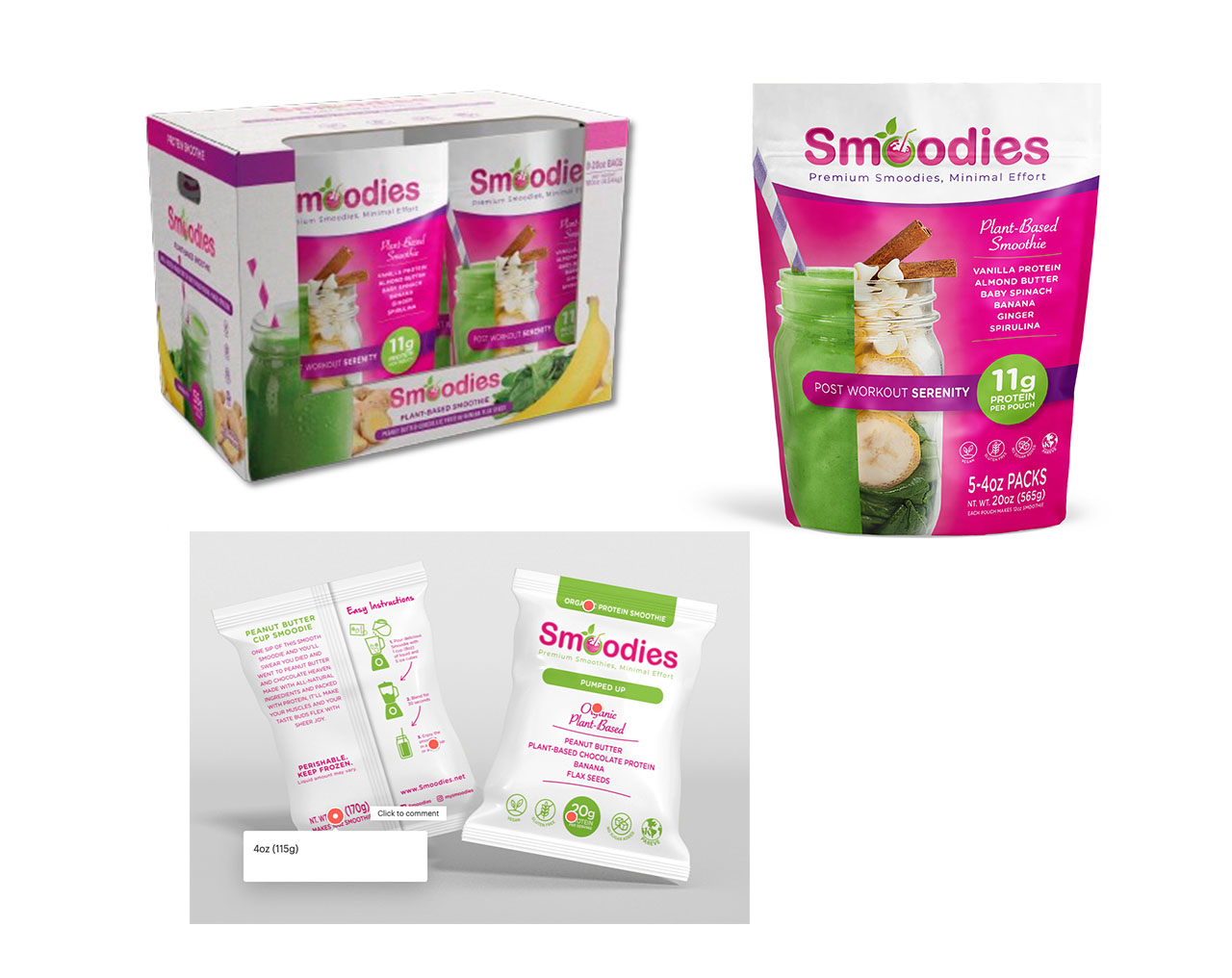Differentiating between food packaging materials can be important for safety and recycling purposes. Here are some common food packaging materials and methods to distinguish them:
Plastic: Plastic food packaging materials are the most common. You can distinguish different types of plastic by looking for a recycling symbol usually found on the packaging. These symbols often have a number inside them which corresponds to the type of plastic used. For example:
Paper: Paper packaging is often used for dry food items like cereals, snacks, and bakery products. Paper packaging is easily distinguished by its texture, weight, and the fact that it tears easily compared to plastic.
Aluminum foil: Aluminum foil is commonly used for wrapping food items like sandwiches, chocolates, and certain snacks. It is distinguished by its metallic appearance, ability to hold shape when folded, and its characteristic crinkly sound.
Composite materials: Some food packaging may be made of a combination of materials, such as paper with a thin plastic lining or foil-lined paper. These materials can sometimes be harder to distinguish but may be labeled as "composite" or have recycling instructions that specify how to separate the materials for recycling.
Remember, when in doubt, check for any labeling or recycling symbols on the packaging, and if you're unsure about a particular material, consult local recycling guidelines or contact the manufacturer for clarification.
How to choose the material for food packaging bags?
Choosing the right material for food packaging bags depends on several factors including the type of food being packaged, desired shelf life, environmental considerations, regulatory requirements, and consumer preferences. Here are some key considerations when choose food packaging materials:
Food Safety: Ensure that the material is food-grade and approved for direct contact with food. Materials should not leach harmful chemicals into the food or alter its taste, odor, or texture.
Barrier Properties: Choose a material with appropriate barrier properties to protect the food from moisture, oxygen, light, and other external factors that can cause spoilage or deterioration. For example, barrier films like metallized films or laminates can provide enhanced protection against oxygen and moisture.
Shelf Life: Consider the desired shelf life of the food product. Some materials offer better protection against oxygen and moisture, extending the shelf life of perishable foods.
Temperature Resistance: If the food requires refrigeration or freezing, choose packaging materials that can withstand low temperatures without becoming brittle or losing their barrier properties.
Packaging Format: Consider the packaging format such as pouches, trays, bottles, or containers. Different materials may be more suitable for specific formats based on their flexibility, rigidity, and sealability.
Environmental Impact: Evaluate the environmental impact of the packaging material throughout its lifecycle, including production, transportation, use, and disposal. Choose materials that are recyclable, compostable, or biodegradable whenever possible to minimize environmental footprint.
Regulatory Compliance: Ensure that the choose packaging material complies with relevant food packaging regulations and standards in your region, including FDA (Food and Drug Administration) regulations in the United States or EU directives in Europe.
Consumer Preferences: Consider consumer preferences regarding convenience, ease of use, and visual appeal. Transparent packaging materials may allow consumers to see the product, while resealable or easy-to-open packaging options can enhance convenience.
Cost: Evaluate the cost-effectiveness of different packaging materials, considering factors such as material cost, production efficiency, and transportation expenses.
Brand Identity: Choose packaging materials that align with your brand values and positioning. Packaging can communicate important brand messages related to quality, sustainability, and innovation.
By carefully considering these factors, you can use the most appropriate material for food packaging bags that meets the requirements of your product, consumers, and the environment.
YaPack is trustworthy and provides reliable food-safe packaging materials!
 Sustainable Shift: The Rise of Biodegradable Packaging Materials in the Food Industry
Sustainable Shift: The Rise of Biodegradable Packaging Materials in the Food Industry
 The Impact of Modified Atmosphere Packaging on Food Preservation
The Impact of Modified Atmosphere Packaging on Food Preservation
 Unveiling the Advantages of Tattoo Tint Packaging: A Perfect Blend of Sustainability, Style, and Functionality
Unveiling the Advantages of Tattoo Tint Packaging: A Perfect Blend of Sustainability, Style, and Functionality
 The Evolution of Food Packaging: From Pouches to Display Boxes
The Evolution of Food Packaging: From Pouches to Display Boxes